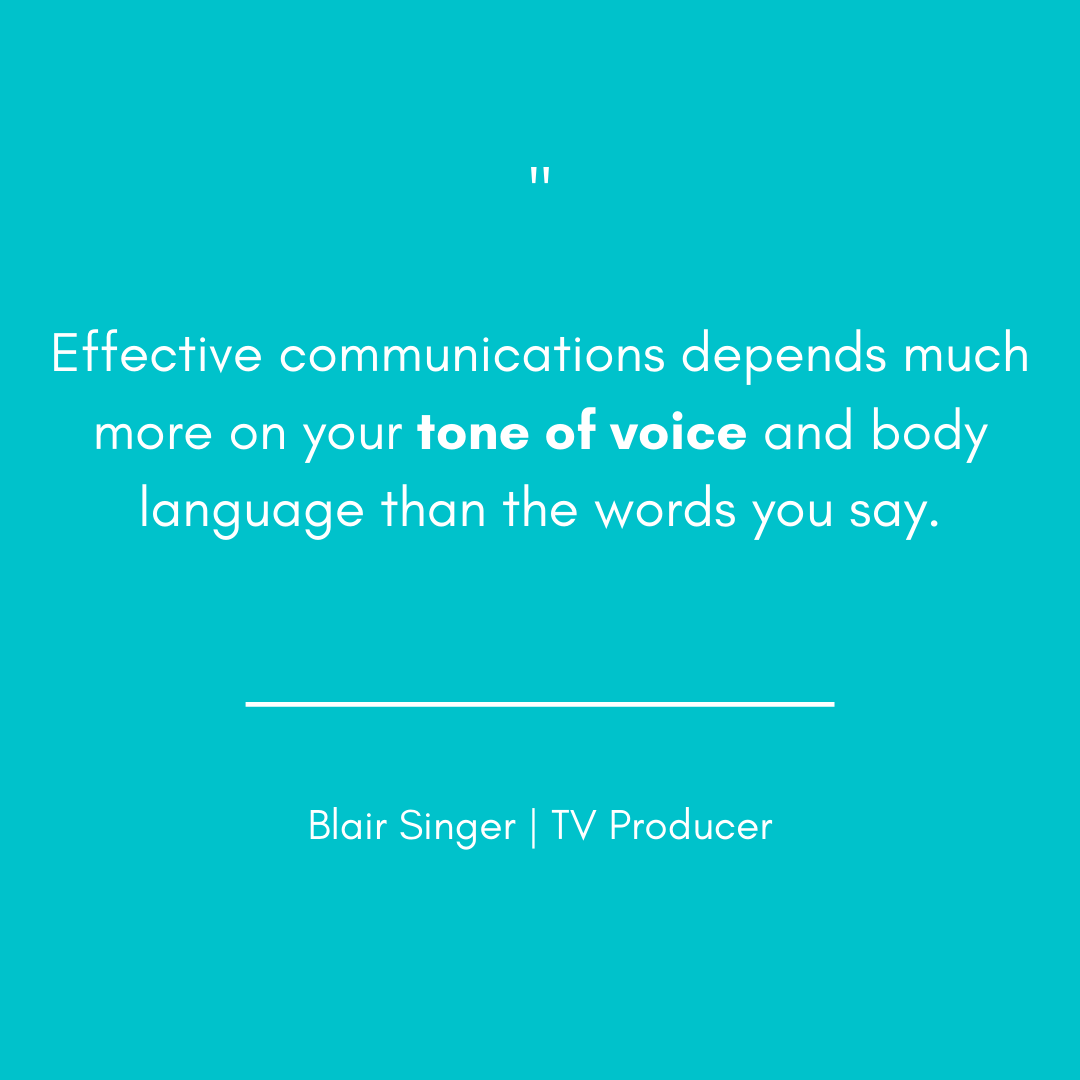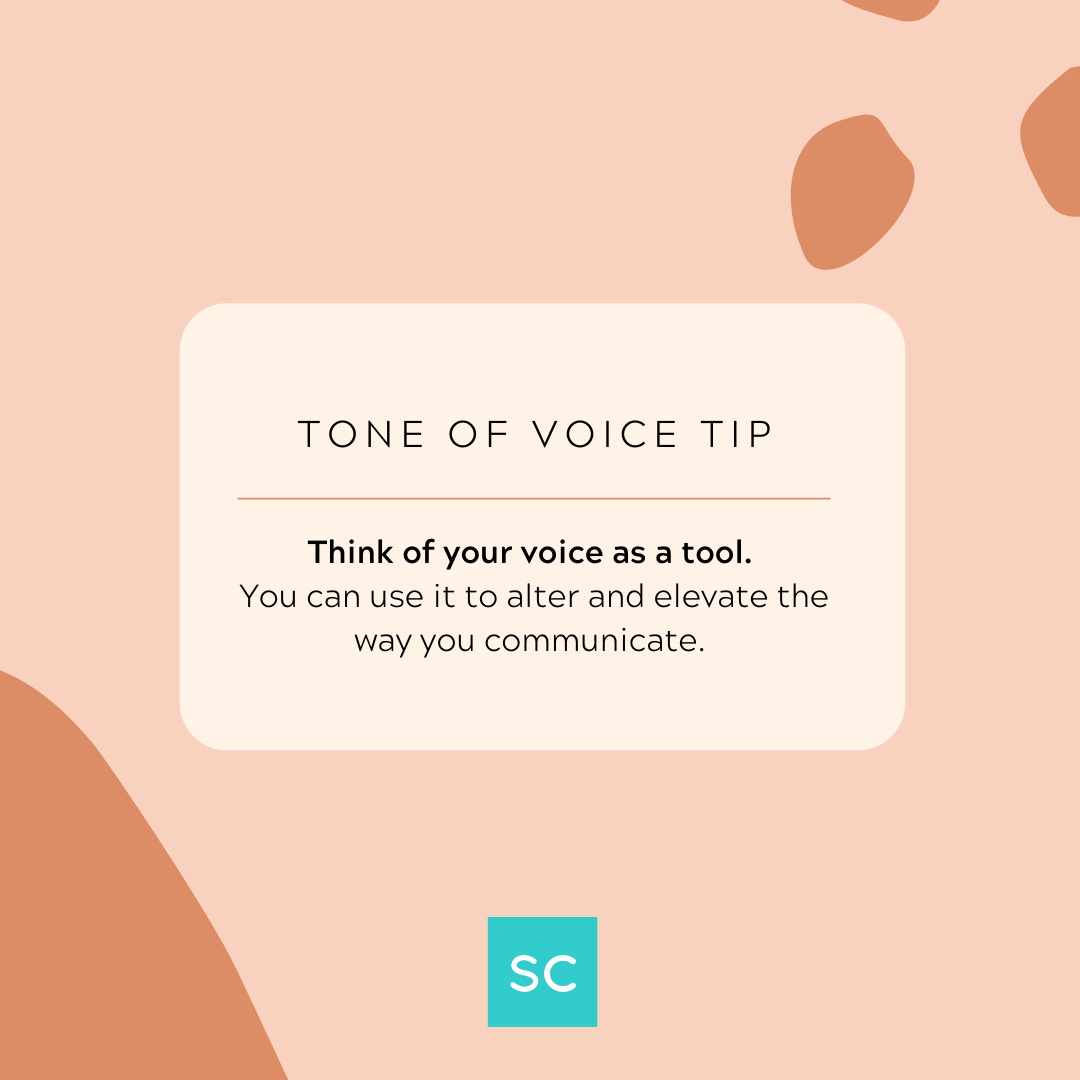Voice expert, Ward Sexton, joins the ‘Soulcast Media membership’ group coaching call to talk tone of voice.
During this month’s Soulcast Media Membership live group coaching call, we were thrilled to have special guest and voice expert, Ward Sexton join our monthly group discussion.
Ward went over key tips on the importance of tone of voice and how to be a more persuasive and strong speaker.

Why is tone of voice so important?
Most people don’t think twice about their tone of voice.
Although overlooked, your tone of voice is a powerful tool to keep people engaged. It’s a common misconception in communications that you cannot change your voice, but you can. You’re able to change your tone of voice and alter it depending on the situation you are in.
According to Ward, these are the top three voice exercises he recommends:
1. Diaphragmatic Breathing
Before any meeting or presentation, take some time to prepare yourself. Start by taking 3-5 deep diaphragmatic breaths and keep your shoulders relaxed. Like activating specific muscles before playing a sport, you are preparing your diaphragm by doing this.
2. Humming
Start humming and feel the vibration around your nose and lip area. Think of this like a warm-up.
3. Say a Phrase
Afterwards, say a phrase. Think about projecting it through your facial bone structure, which gives your voice resonance.
During the membership call, we also discussed some key points when using your tone of voice strategically. For example:
1. GetTING your message across early
Make sure your idea or message is conveyed within the first 20 to 30 seconds of your speaking. The first few sentences you say, whether in a high-stakes or casual setting, will set the tone for the rest of the discussion. This means keep your points sharp and concise. Use the three vocal exercises mentioned above to set the pitch for your voice.
2. Your Voice is a Tool
 Think of your voice as a tool – something you can use to elevate and alter the way you communicate. Ward described speaking as “…a talking song…there is a rhythm to it…” that enters into the audience’s ears.
Think of your voice as a tool – something you can use to elevate and alter the way you communicate. Ward described speaking as “…a talking song…there is a rhythm to it…” that enters into the audience’s ears.
3. Don’t hate your voice!
Your tone of voice is not stagnant. The way you sound speaking with your friend is likely different than when speaking with your boss. This is a good thing! You want to be mindful of your tone and adjust depending on the setting you are in. This is strategic communications at its best.
Remember, your tone of voice greatly impacts the way you communicate and it can be something you can change.
__
Whenever you’re ready, there are 3 ways we can help you:
- Discover your communications style so you know where to start. Over 4,000 people have found theirs here.
- Attend our monthly communication workshop to build communications confidence (new topics: public speaking, advocating for yourself, building credibility, etc) here.
- Get your brand in front of 43k+ people by sponsoring our newsletter or Soulcast Media | LIVE LinkedIn events [contact: hello@soulcastmedia.com]












